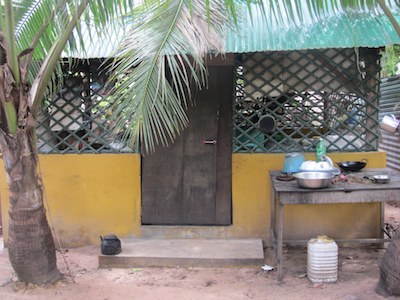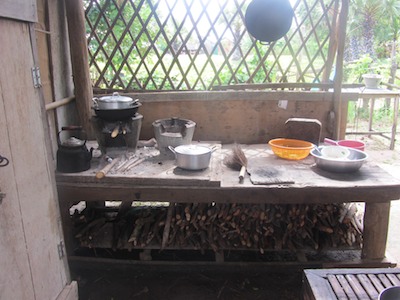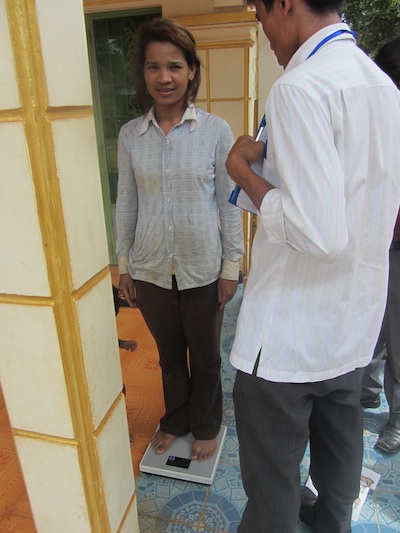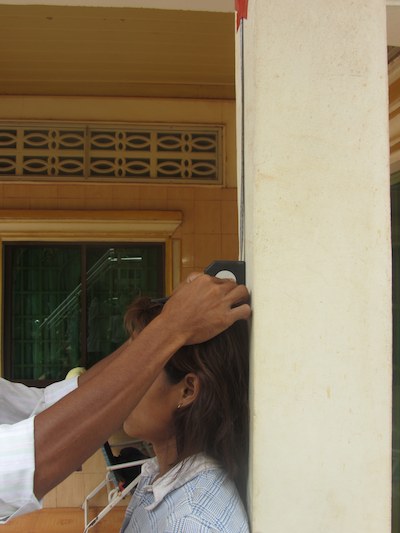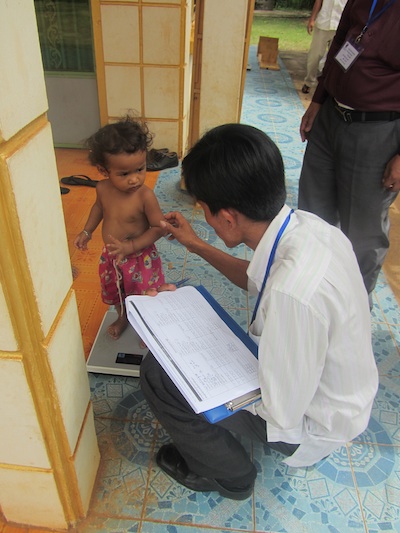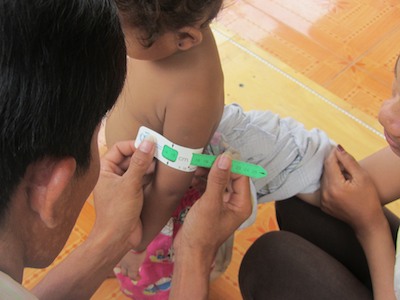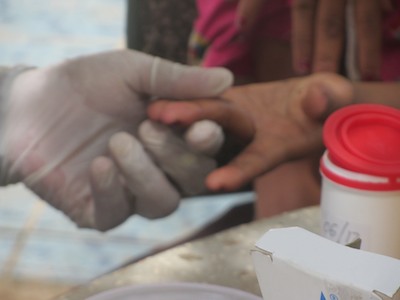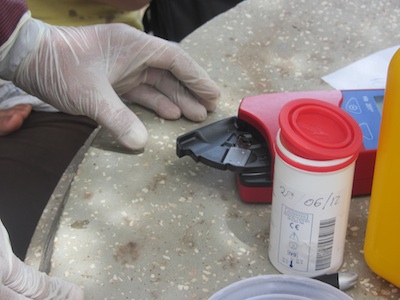This week we attended the Nutrition Working Group (NWG) meeting at the National Maternal and Child Health Center, which is hosted monthly by Cambodia’s National Nutrition Programme.
On the agenda were two presentations; one on the work of International Relief & Development (IRD) in Boribo Operational District in Kampong Chhnang Province and another is on Liger Charitable Foundation, a boarding school in Kien Svay that supports orphaned and impoverished children with education.
Since 2010, IRD has worked to address pronounced nutrition and childcare challenges in Boribo. The program uses Evidence-based Interventions for Improved Nutrition to Reinforce Infant, Child and Maternal Health (ENRICH).
IRD’s activities in Boribo District include:
- Hearth program – uses positive deviance or Hearth model to identify beneficial indigenous practices or behaviors by mothers and inform these messages to other communities with malnourished children. Since its implementation, Hearth has been successful in reducing the number of moderately underweight and severely underweight children by about 70% in its target communities.
- Focus on men – following IRD’s ‘whole family’ approach, the project is employing a strategy aimed at increasing men’s involvement in key maternal and childcare issues.
- Cooking demonstrations – with IRD’s contribution of oil and peanuts, the VHVs and mothers organize nutrition rehabilitation sessions for malnourished children. During the sessions, they share knowledge and experience on child feeding and demonstrate how a nutritious meal (Bobor Krup Kreung) is cooked.
Liger Charitable Foundation – still in its early stages, Liger is working towards its objective of improving child health by integrating nutrient and health education into its various projects, including a school garden and sanitation/irrigation system. Through careful growth monitoring, Liger believes that children can make a difference in their country’s future and are the best agents of change in their own communities.
To find out more about the activities of IRD and Liger Charitable Foundation, you can follow the links below:
IRD: http://www.ird.org/en/our-work/programs/child-survival
Liger: http://www.theligerfoundation.org/
One of the most important roles of NWG is to establish and strengthen linkages, collaboration and communication between the various sectors working in nutrition and food security. I find this coordinated approach of dissemination of nutrition information among the partners to be an efficient use of resources that has high potentials for the development of intervention programs and national nutrition policies.




